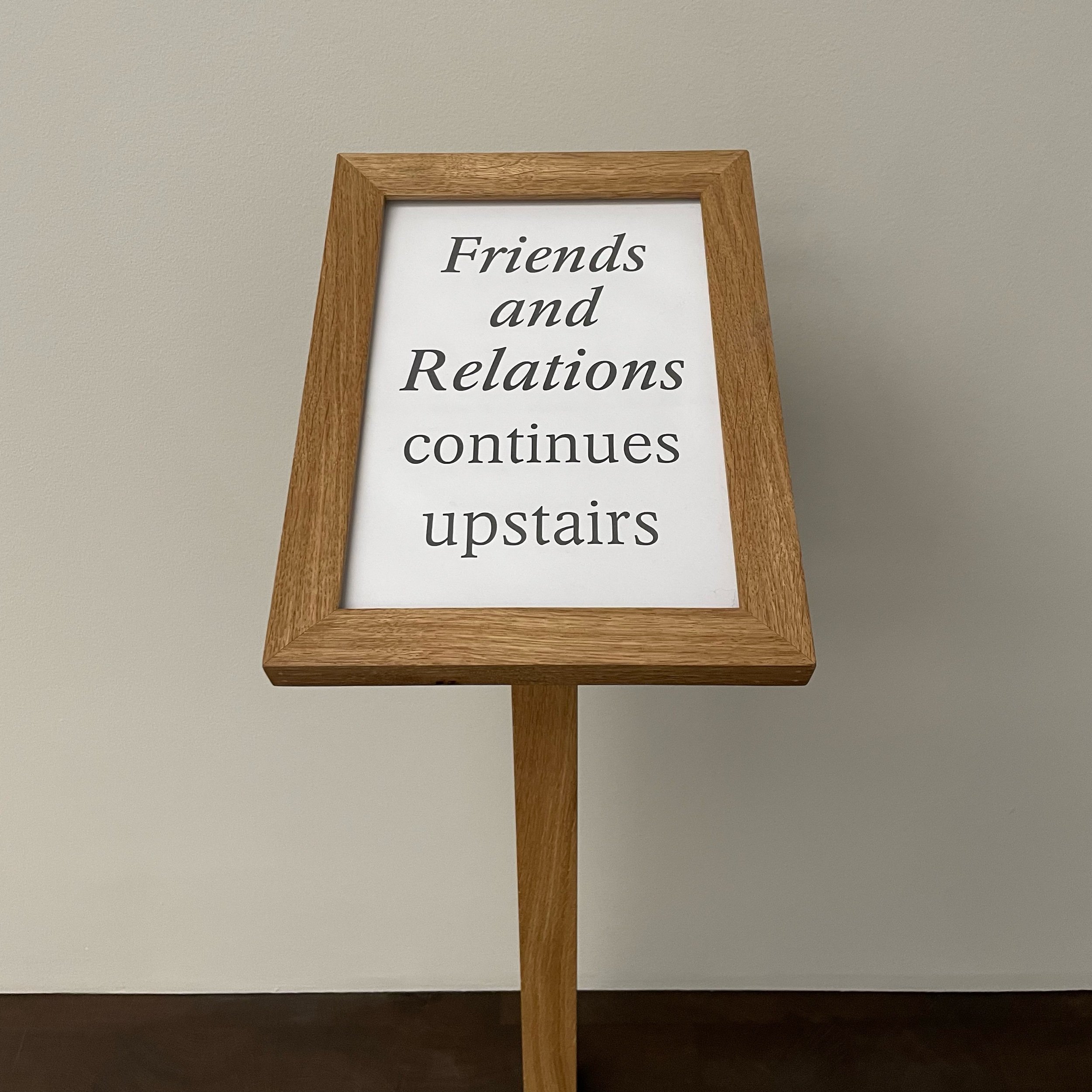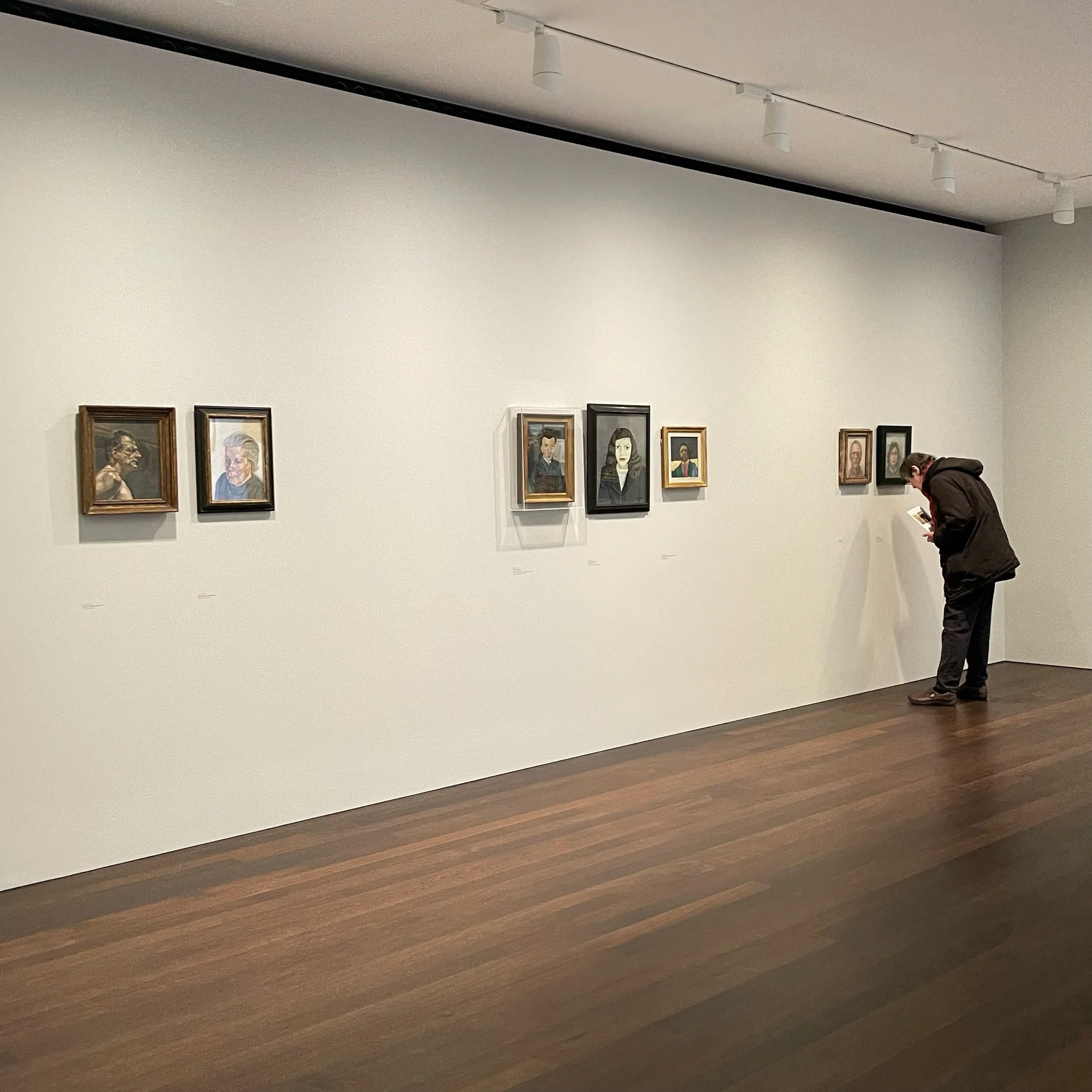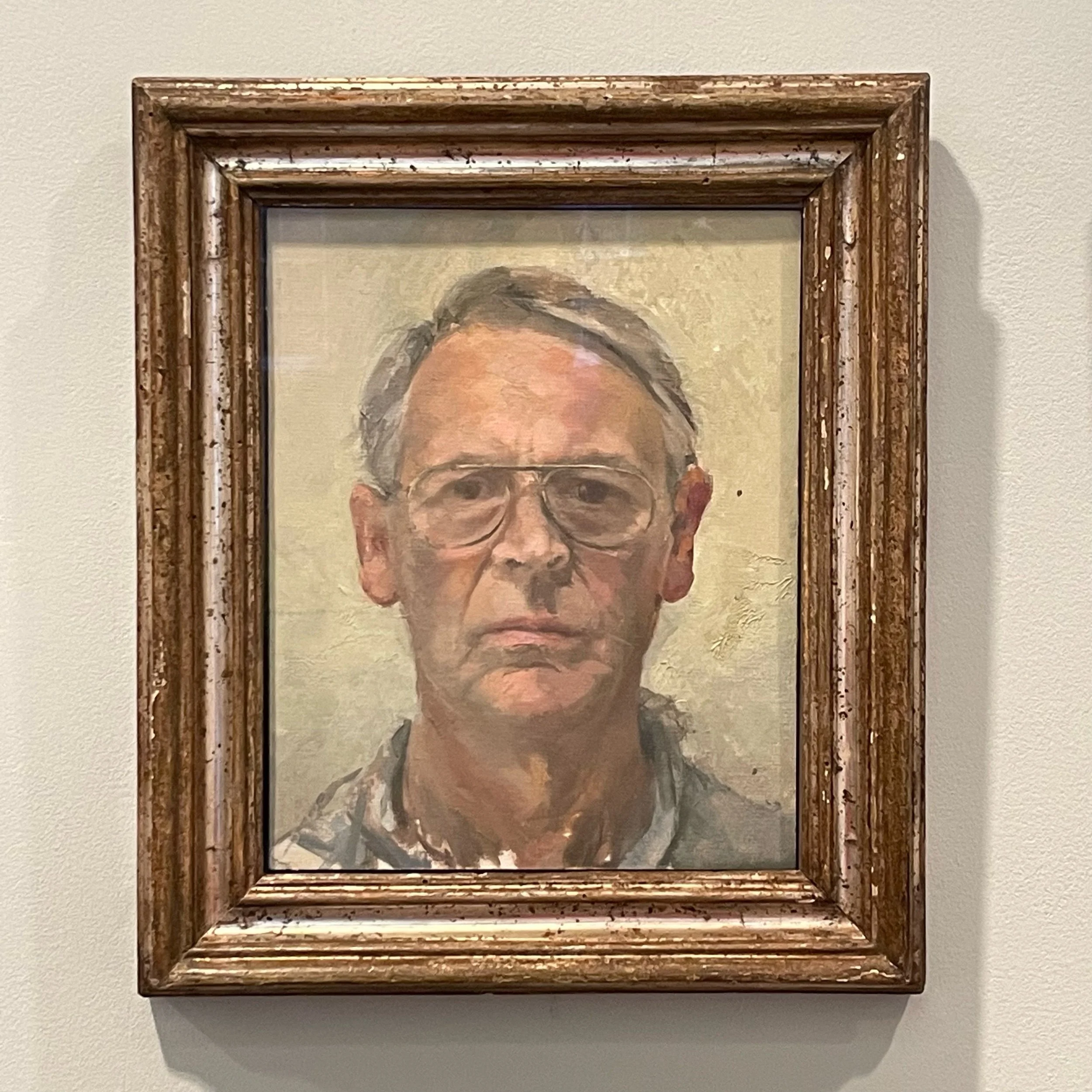Friends & Relations
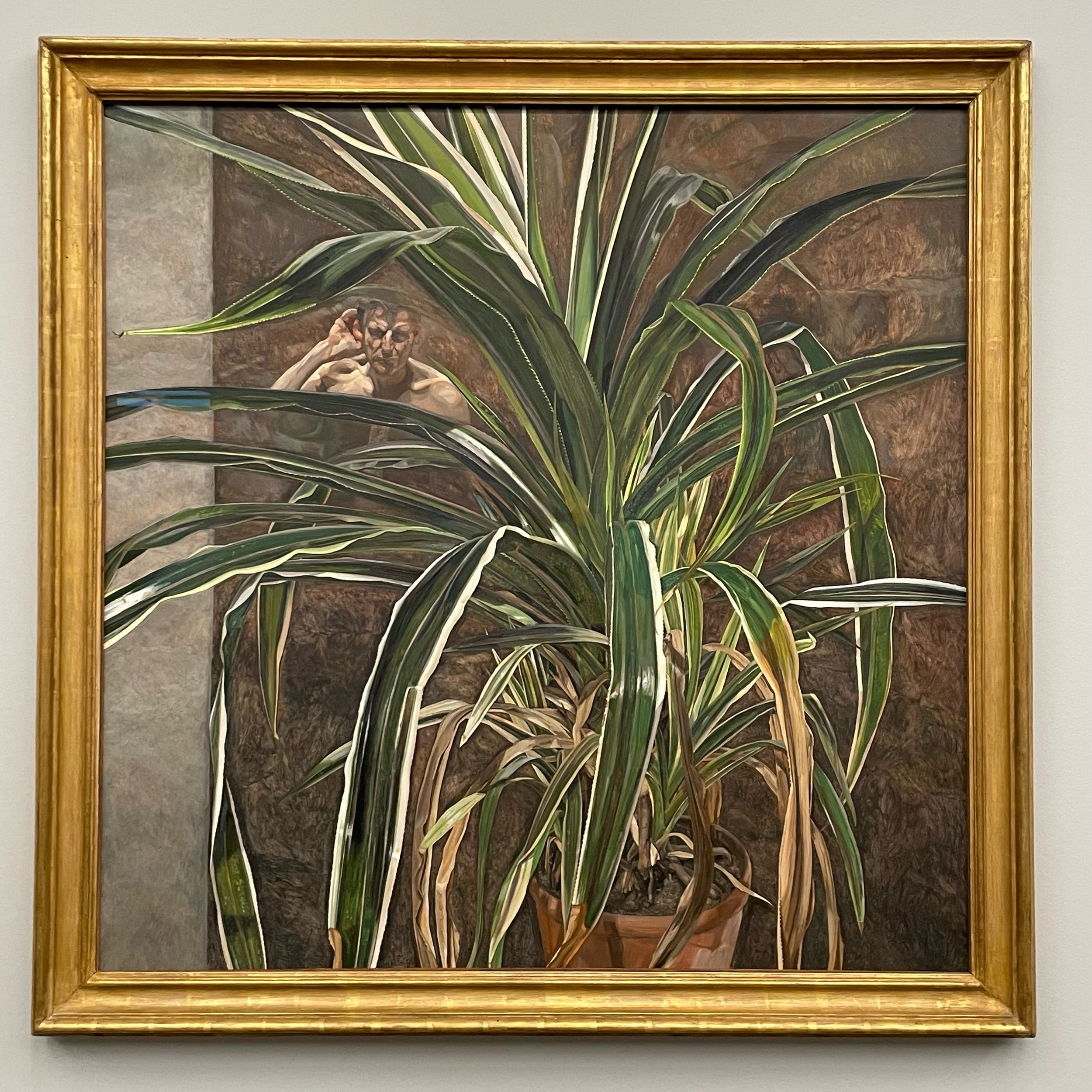
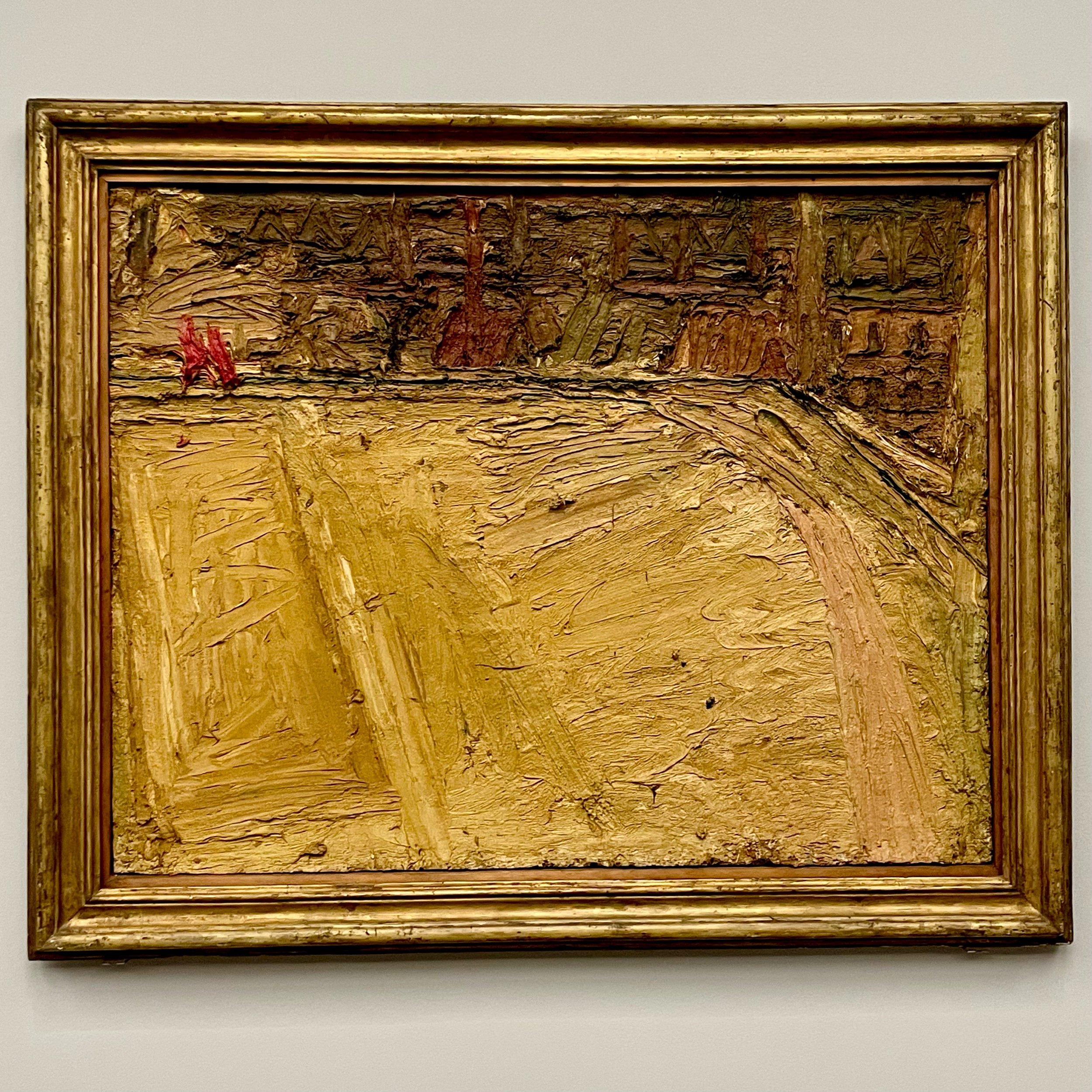
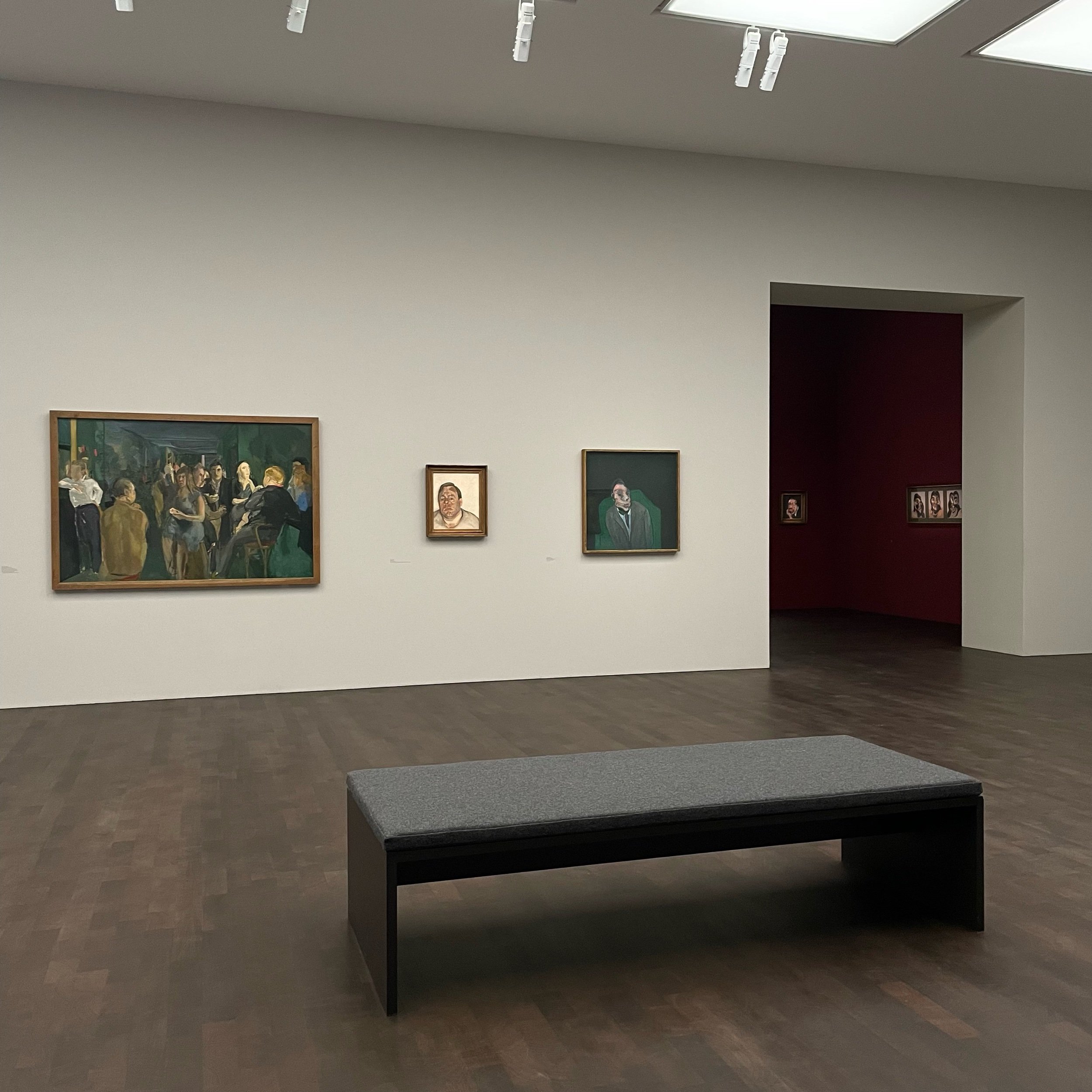
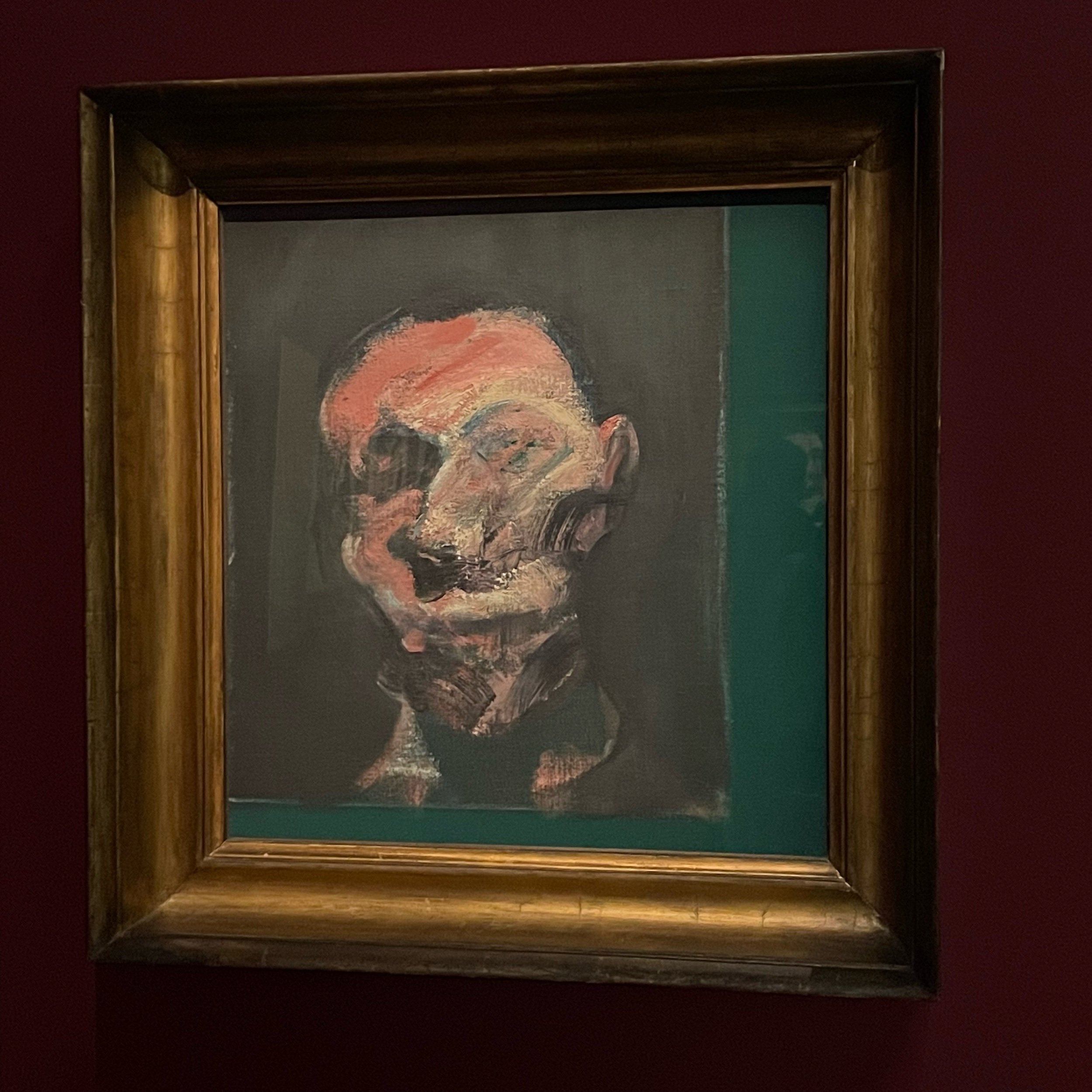
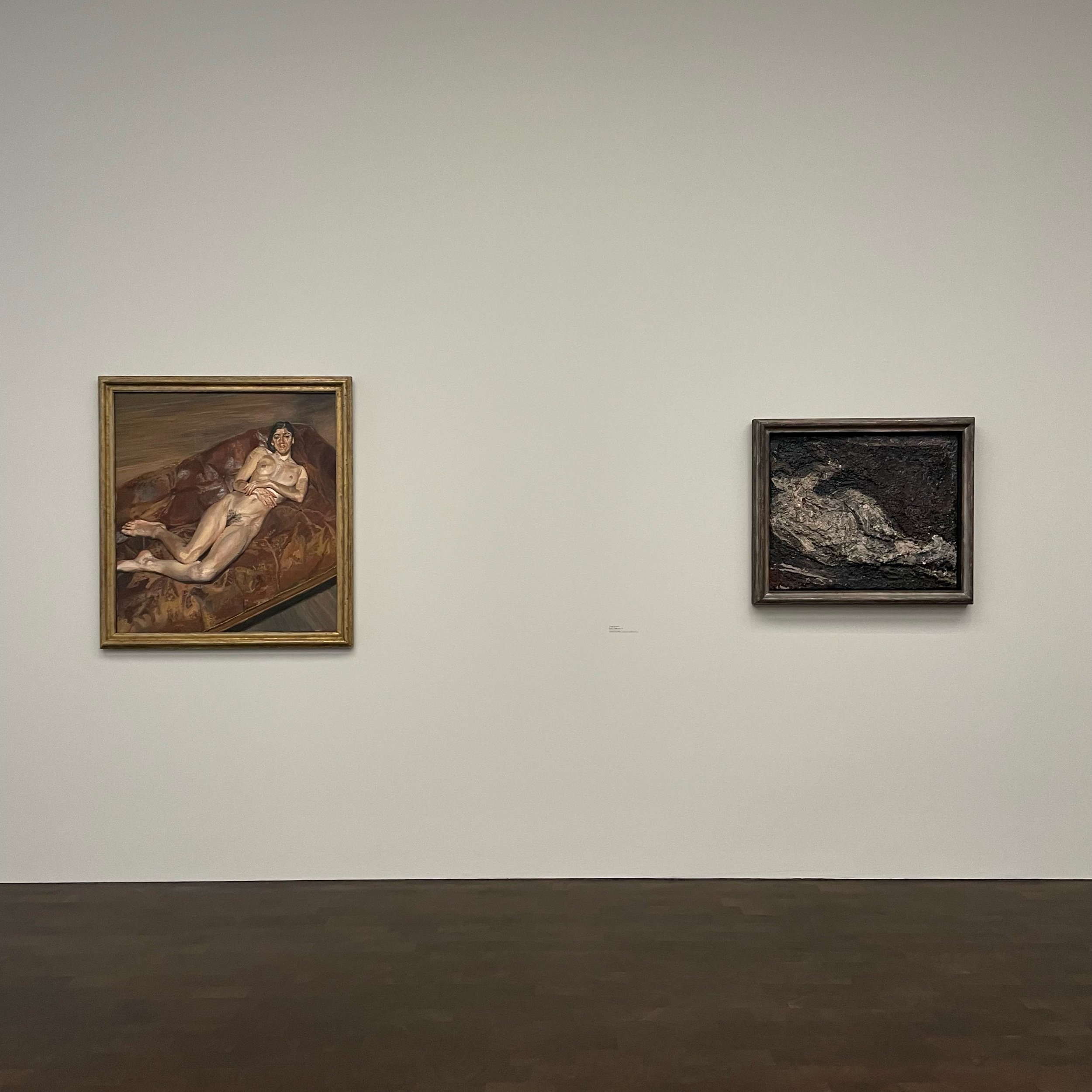
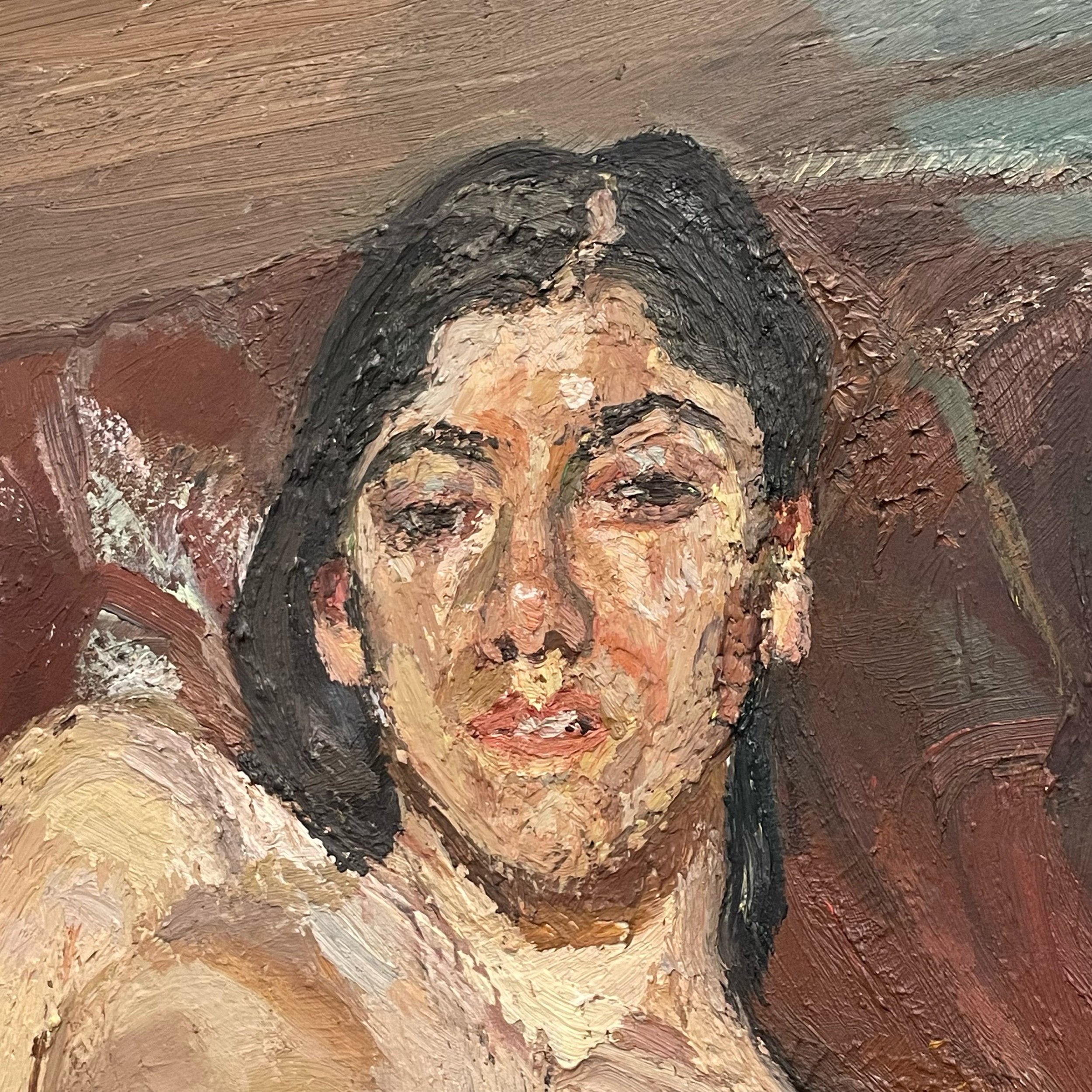
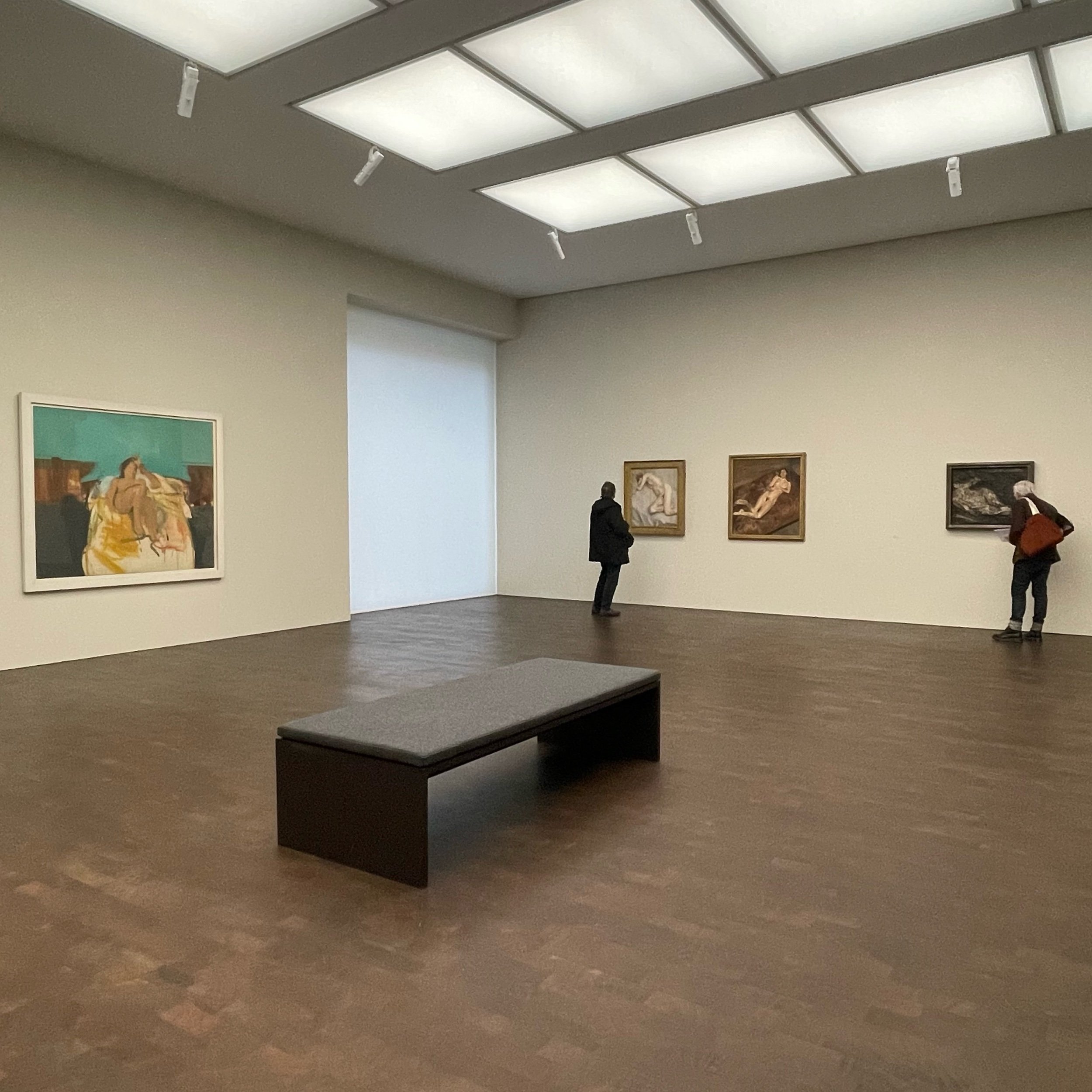
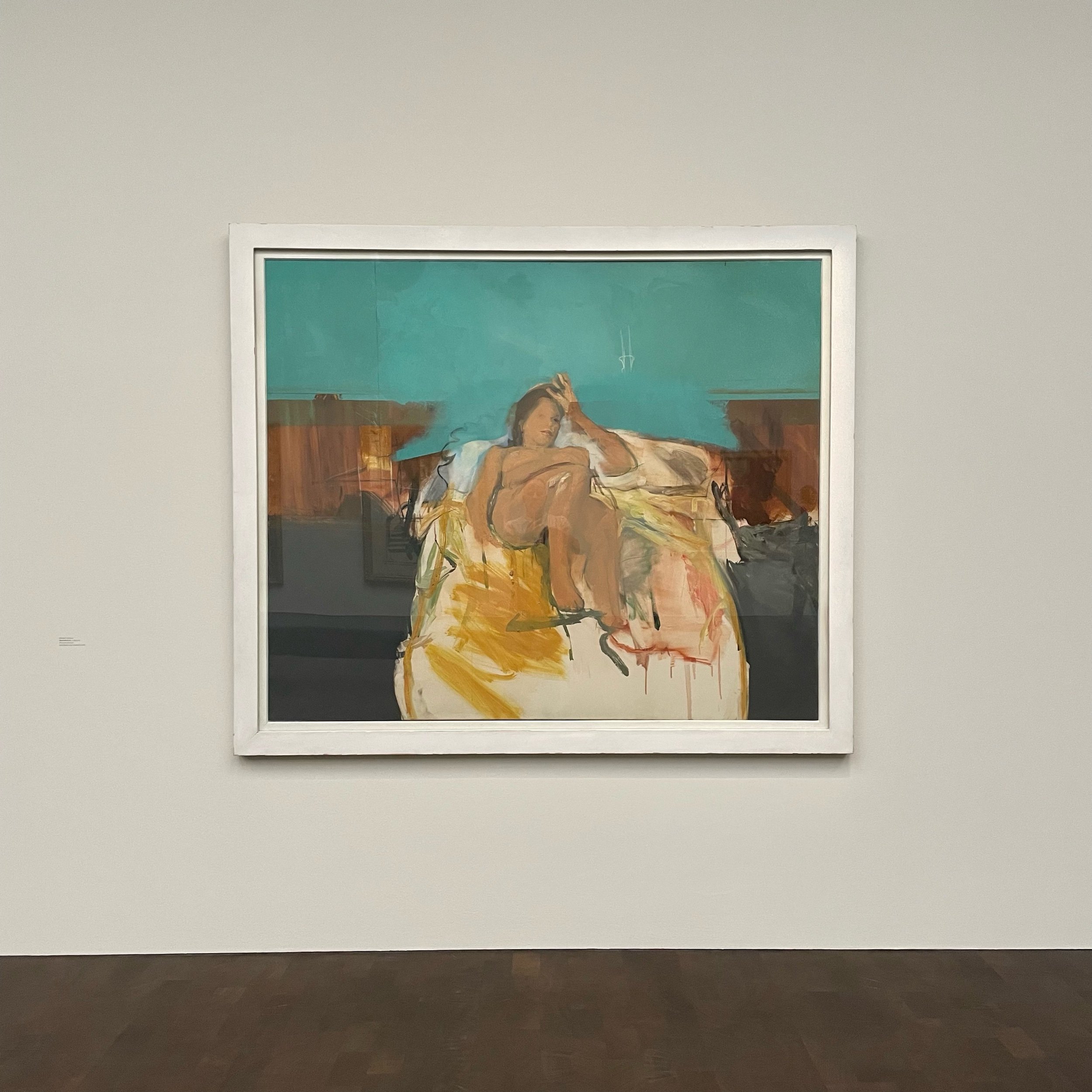

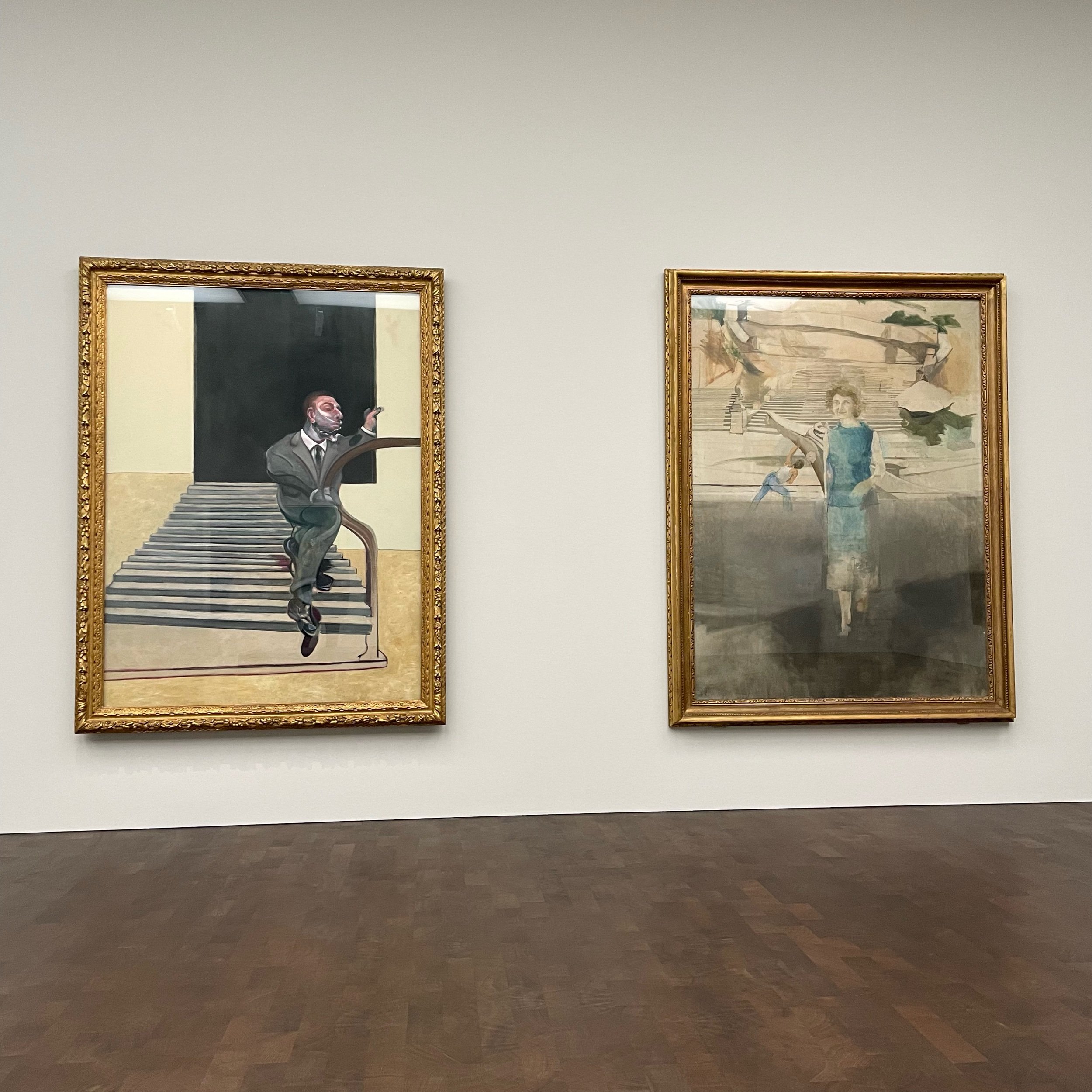
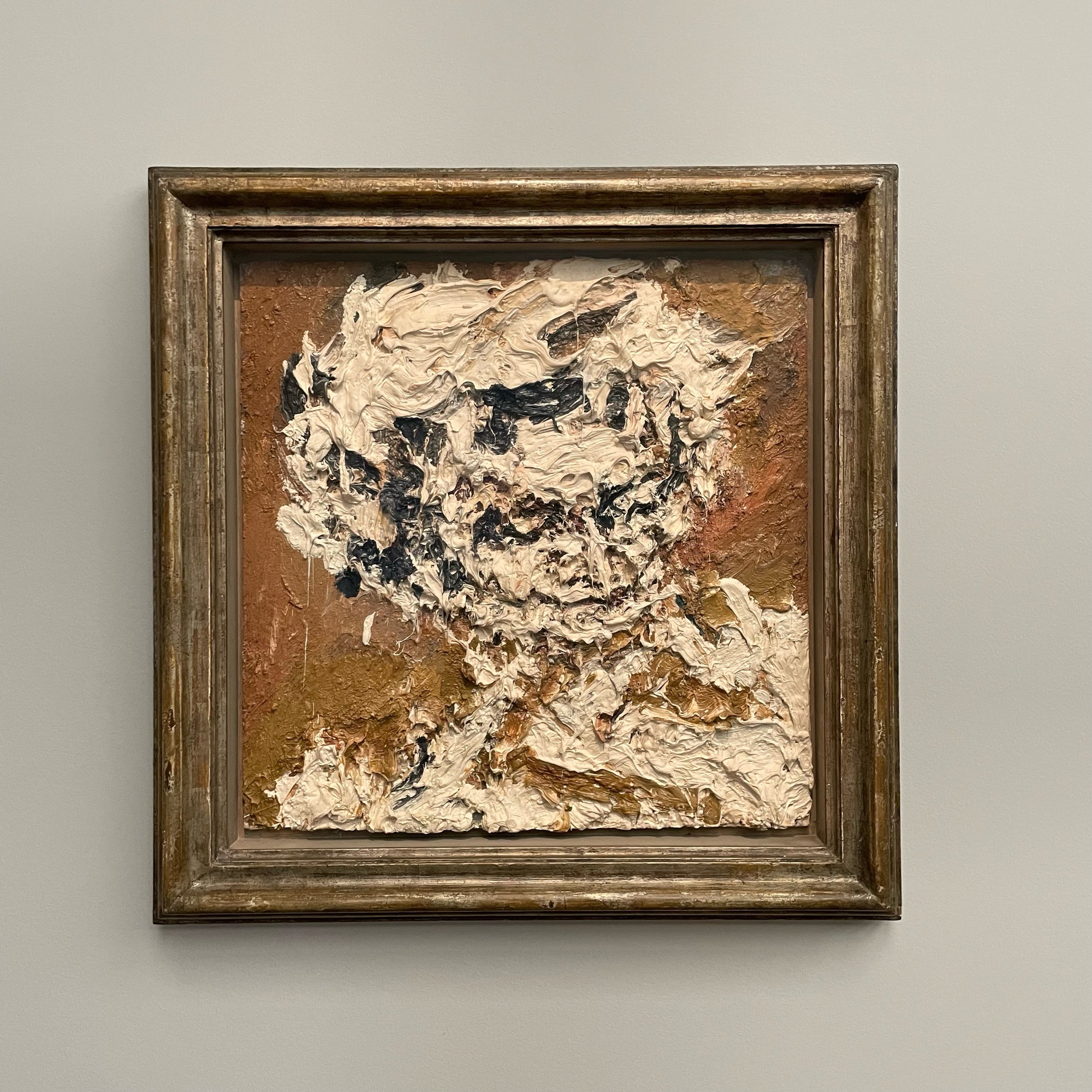
Two words make this show stand out from almost all other commercial gallery exhibits you’re likely to see this year: Private Collection. They sit at the bottom of almost all wall text, below the medium and the dimensions and in place of the price. Not that Gagosian ever publishes prices, but I assume these aren’t for sale because they’re all on loan. Then again, for those who can afford a Freud or Bacon, everything is for sale. But let’s just guess they’re not, especially the ones from Tate or Sainsbury or other notable trusts. For all intents and purposes, Friends and Relations is a museum exhibition and you don’t want to miss it.
Lucian Freud, Francis Bacon, Frank Auerbach and Michael Andrews are not the only notable artists that emerged from London’s swinging 60s, but these four were friends. A photo of them having dinner in Soho was the inspiration for the show, though I imagine curator Richard Calvocoressi must have felt like Bob Geldoff compiling the Band Aid lineup.
The overall focus is figurative, and works are grouped thematically even if they were made years or decades apart. It’s fascinating to compare and contrast not just their styles but their overall approach. What they chose to frame and focus on says just as much as, if not more than, how they held the brush. Though Freud’s later years layering of paint was almost certainly inspired by Auerbach, who at his most extreme looks like he made his works by dragging his fingers through mud.
Squinting doesn’t quite work with Auerbach like it does with other abstracted art. Stare at these long enough and you might see the scene, or you might not. Fortunately there’s another unique aspect of this show that sets it apart from a typical commercial exhibit: comfy padded benches allow you to sit and look as long as you’d like.
Sometimes the most important elements hover at the edges, and sometimes there’s nothing there at all. Andrews, a new name to me, feels the most contemporary. His works have a lightness to the strokes and a hazy attempt at detail, often giving you just enough to not be distracted by their backgrounds.
Bacon’s backgrounds are equally anodyne to ensure you don’t miss his figurative features. Last year’s show at the RA made me numb to the power of Bacon’s work. Room after room of overwhelming atrocity almost normalised them, making them just about acceptable, even in their weirdness. But here in a group he stands out as the painter who saw the anguish of man and tried to bring that to life. It’s his faces in this show, more than any other work, that will catch you staring back at them. Andrews’ beckon and beguile… Auerbach’s are impenetrable… Freud’s the most factual… but Bacon’s? Sheesh! [Insert inner scream here.]
Another unique aspect of this exhibit is the rare opportunity to go upstairs, normally an off-limits area except for staff and super friends. You’ll get a sneaky glimpse of the offices and library walls as you walk to the rooms showing smaller portraits and a series of candid photos by Bruce Bernard.
The only thing missing from the room full of black & white behind the scenes imagery is a stern narrator explaining the importance of everything to anyone who doesn’t recognise the faces or the names. Those in the know will likely be delighted. Although the series of Freud being playful with 24-year-old Celia Paul, his 37 years younger student and lover, is a curious inclusion in this post-#MeToo world. Bernard himself commented that it was “a picture for which the world is not ready, and perhaps never will be” and it’s a somewhat awkward end to the show.
I’ve spent a lot of time considering why Gagosian has chosen to turn itself into a mini-museum for this. I’m sure there are myriad business reasons, but for most of us only one thing really matters: these are outstanding paintings from some of the best artists of their generation. From an art lover’s perspective it’s an extraordinary opportunity to see them together. For free!
At Gagosian Grosvenor Hill (@Gagosian) until 28 Jan

